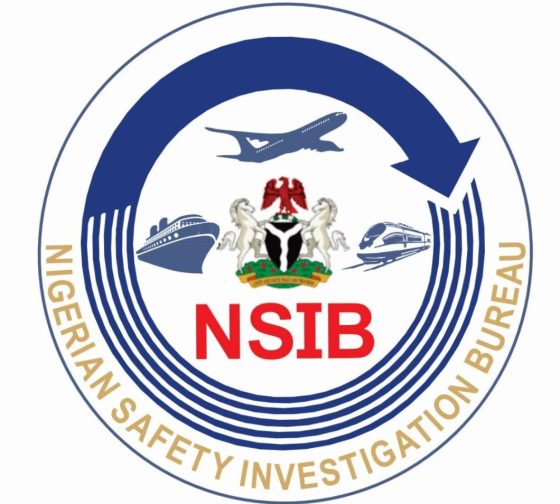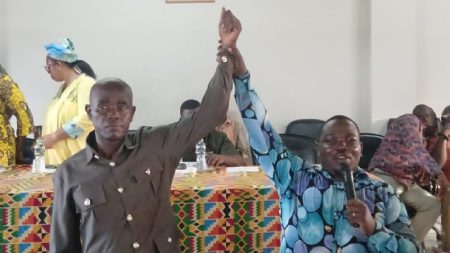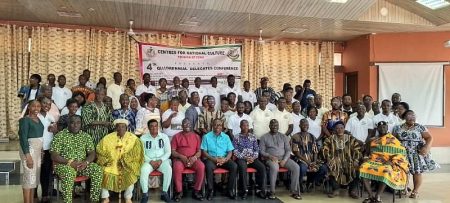The tragic helicopter crash that claimed the life of Herbert Wigwe, former CEO of Access Holdings Plc, along with his family and crew, has sparked a transatlantic debate between Nigerian and US investigative agencies. The US National Transportation Safety Board (NTSB), in its final report, attributed the crash primarily to “pilot disorientation” and a breach of flight protocols, specifically the pilot’s decision to proceed under visual flight rules despite adverse weather conditions requiring instrument flight rules. This conclusion, however, has been challenged by the Nigerian Safety Investigative Bureau (NSIB), the Nigerian counterpart to the NTSB, which argues that the focus on pilot error overlooks systemic failures that contributed to the accident.
The NSIB contends that a comprehensive assessment of flight risks should have flagged the inherent dangers, suggesting that the pilot was not solely responsible for the tragic outcome. The agency emphasizes the importance of examining the system surrounding the pilot, including operational procedures, regulatory oversight, and organizational factors, to identify potential weaknesses that could have been mitigated. While acknowledging the pilot’s errors, the NSIB stresses that a holistic approach to accident investigation is crucial for preventing future occurrences. This perspective highlights the complex interplay of human factors and systemic deficiencies in aviation safety.
The discrepancy in views extends beyond the attribution of blame to the nature of the investigation itself. While the NTSB asserts it led the investigation, sharing updates with the NSIB as an interested party, the Nigerian agency disputes this characterization. The NSIB clarifies that it did not conduct a joint investigation with the NTSB, but rather received updates on the progress of the US-led inquiry. This difference in interpretation underlines the sensitivities surrounding jurisdiction and responsibility in international accident investigations. Despite the initial offer of full cooperation by the NSIB, the divergence in their respective assessments underscores the need for clear protocols and communication in cross-border investigations.
The NTSB’s focus on pilot error, while significant, potentially overlooks the broader context within which the pilot operated. Examining the pilot’s decisions in isolation neglects the influence of organizational culture, regulatory frameworks, and systemic pressures that may have contributed to the tragic outcome. The NSIB’s emphasis on systemic factors underscores the necessity of analyzing the entire aviation ecosystem, including maintenance procedures, training protocols, and communication systems, to prevent future accidents. This broader perspective emphasizes the interconnectedness of various elements within the aviation industry and the potential for systemic weaknesses to amplify human error.
The debate between the NTSB and NSIB highlights a crucial difference in investigative philosophies. While the NTSB’s approach appears to focus on proximate causes, specifically the pilot’s actions in the immediate lead-up to the crash, the NSIB advocates for a more comprehensive analysis encompassing systemic factors that may have contributed to the accident. This systemic approach recognizes that human error often occurs within a larger context of organizational and regulatory influences. By examining the underlying systems, rather than solely focusing on individual actions, the NSIB aims to identify deeper, more pervasive issues that could increase the risk of future accidents.
The differing conclusions reached by the NTSB and NSIB highlight the complexities of international accident investigations and the importance of a holistic approach to aviation safety. While acknowledging the pilot’s role in the tragic event, the NSIB stresses that a focus on systemic factors is crucial for preventing future occurrences. By examining the interplay of human actions and systemic vulnerabilities, investigations can contribute to a safer and more resilient aviation industry. The ongoing dialogue between these two agencies serves as a reminder of the continuous need for improvement in investigative practices and the pursuit of comprehensive safety measures in global aviation.














